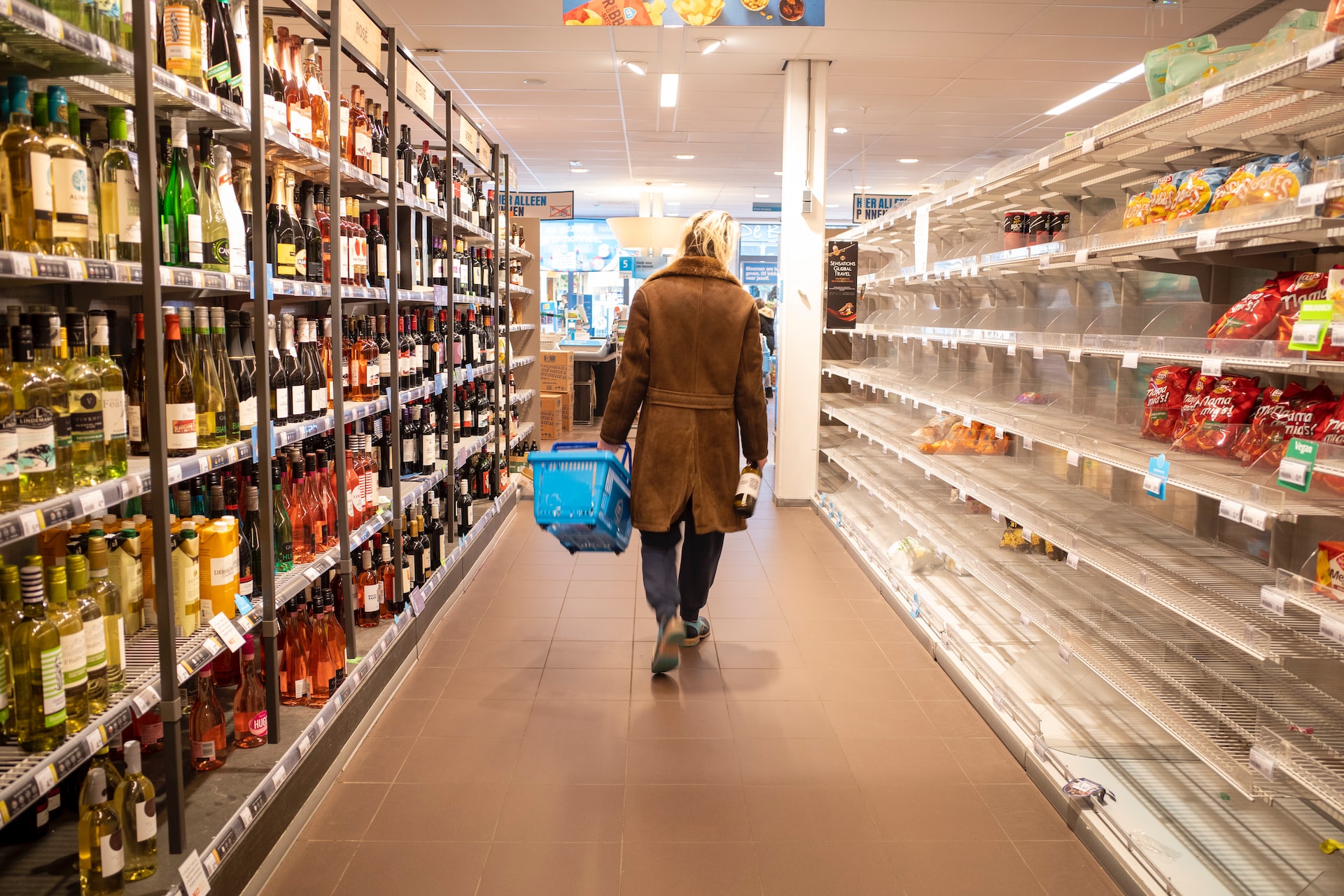The grocery shopping experience has undergone a number of changes over the last few years. From the COVID-19 pandemic increasing e-commerce grocery shopping to the proliferation of self-checkout stations, the average grocery shoppers’ experience is markedly different from how it looked ten years ago.
Not all changes have necessarily been for the better. Sixty-seven percent of shoppers have experienced failures with self-checkout systems. And supply chain challenges continue to effect a wide variety of grocery products.
However, as Raz Golan, co-founder and CEO of Shopic explains, the introduction of smart cart technology is poised to help solve many of the challenges grocery customers currently experience.
How the Smart Cart Tech Works
The application of Shopic’s smart cart tech is quite intuitive — and also optional.
Unlike other grocery smart carts, which use specialized hardware built into the carts, “Our product is a clip-on device,” Golan explains. “Customers who want to use it take it off a charging shelf and mount it to the top of a standard cart when they enter the grocery store. The device then automatically identifies items as they are added or removed to the shopping cart and displays the accumulating total. At the end of your shopping trip, you can use the device for self-service checkout, and then return it to the charging station.”
In addition to item scanning and self-checkout features, the smart cart device can also be programmed to display personalized promotions and discounts for relevant products based on what the customer has already added to their cart or what is currently on sale. The device can offer even greater customization when paired with a grocery store’s existing loyalty app.
The system functions thanks to what the tech industry refers to as “computer vision AI,” which, in this case, is able to recognize products regardless of the angle at which they are put in the cart. The AI can even track when multiple items are added at the same time, ensuring that customers are given an accurate running total for their cart.
Streamlining Grocery Shopping
Many people like the general ideas behind self-checkout: complete control over the transaction while eliminating long lines and potentially awkward social interactions.
But as the survey results cited earlier reveal, actual execution rarely lives up to these expectations. Self-checkout failures typically require intervention from a store employee to complete the order, negating the very benefits self-checkout is meant to provide.
These issues are top of mind for Golan.
“Because our smart cart tech automatically identifies your items as you add them to your cart, you don’t have to worry about manual barcode scanning or waiting in a long line while someone else tries to complete their order. You also won’t have any unpleasant surprises at the cash register, since the real-time order total display helps you stay on budget by showing you exactly how much everything is going to cost.”
Despite these conveniences, the Shopic smart cart device doesn’t have to fully eliminate human interaction. A “help” button allows customers to request assistance from anywhere in the store, sending an alert to store personnel to guide them to the shopper’s exact location.
“The goal is to make grocery shopping as easy and stress-free as possible,” Golan says.
Helping Grocers Deliver Better Experiences
In addition to the more obvious methods in which smart cart tech can improve your grocery shopping trips, there’s a lot going on behind the scenes that can help grocers deliver an improved in-store experience. “By identifying the items that go into your cart, the system collects anonymized data that the grocer can use to improve their store,” Golan explains.
“For example, this makes it easier for stores to track inventory levels so they can restock popular items before they run out. This type of tracking can also help them improve the store layout to make it easier to navigate. All of this can be done without giving up any personal information, allowing your preferred store to become even better with time.”
With supply chain issues continuing to make it hard to find certain food products, anything that makes it easier for grocers to keep items in stock can help ensure that shoppers don’t need to make multiple trips to find what they need.
In some cases, smart cart technology could even help grocery stores save store space by reducing the number of cashier stations (and eliminating self-checkout lanes entirely). Whether that additional space is used to improve the layout or to add new products or services, it is yet another way that smart cart tech can lead to improvements for your routine shopping trips.
A Better Grocery Shopping Experience
“Grocery shopping may always be considered a chore for some people, but it doesn’t have to be a hassle,” Golan says. “By providing a frictionless shopping experience that is better tailored to your needs, smart cart tech will make grocery shopping faster and easier than ever. And when grocers take advantage of data to improve their layout and grocery selection, the experience can get even better.”
By directly addressing the challenges associated with other tech that has been implemented in the grocery industry, smart cart tech aims to create a more customer-friendly shopping experience than ever before.










